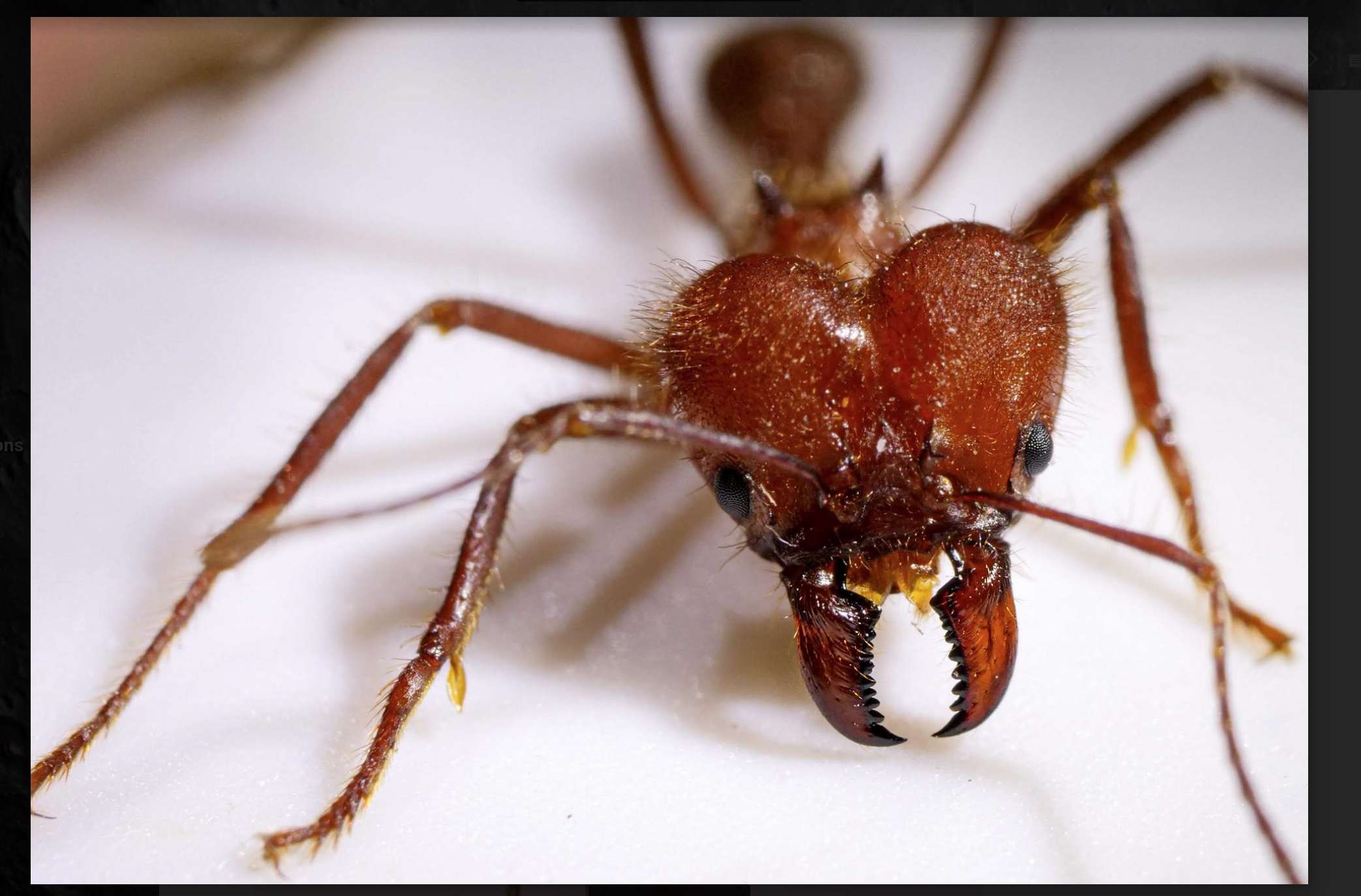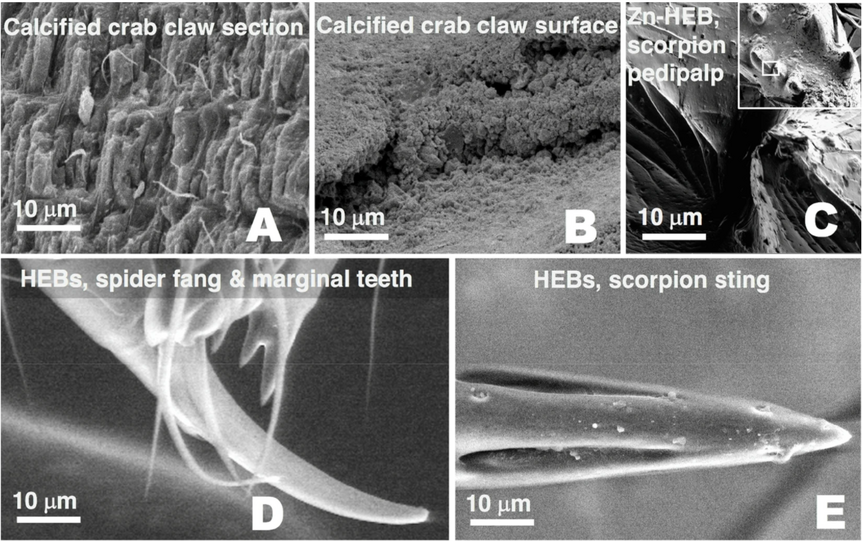Create a free profile to get unlimited access to exclusive videos, sweepstakes, and more!
The Weapon X of insects: Ants' metal-infused pincers resemble Wolverine’s adamantium skeleton

Marvel’s Wolverine was a force to be reckoned with even before his time in the Weapon X program. Enhanced senses, healing factor, and retractable bone claws are abilities enough, but it wasn’t until his skeleton was fused with adamantium that he truly became the unstoppable force of nature we’ve all come to love.
It turns out Marvel owes a debt of inspiration to real world animals, whether they knew it or not. In a perfect example of life imitating art (or maybe it’s the other way around) ants, bees, spiders, and mollusks, among other animals, incorporate metals into their mouths, stingers, and claws, making them more robust tools.
Robert Schofield, Research Associate Professor in the physics department at the University of Oregon, and colleagues, studied the composition of animal “tools” in an effort to determine what makes them so robust. Their findings were published in the journal Nature.
In larger animals, teeth and claws have mineral-based composition. Think calcium bone structures like your own teeth. They are sharp enough to get the job done, but when you get down to it, they’re usually pretty blunt (with a few notable exceptions). Take a look at a wolf’s teeth, they’re sufficient to rip a prey animal limb from limb, but you wouldn’t risk cutting yourself handling one.
Large predators rely on strength to make those tools effective. Wolves, for their part, are capable of about 1,500 pounds of pressure per square inch. It’s a lot of force. In the realm of the very small, however, force is diminished.
“Big animals with big muscles don’t need their tools to be that sharp,” Schofield told SYFY WIRE. “We can brute force our way through things. That’s kind of what we do compared to an ant or an insect which have to have supremely sharp tools because they have such tiny muscles.”
In smaller animals like leafcutter ants, scorpions, and marine worms the presence of metals allow for finer and more robust claws, stingers, and mouthparts. Heavy metals like zinc, bromine, and manganese can make up to 20 percent of the structure by weight. Though, it’s important to note, the tools themselves aren’t metal in the way we usually think of it.
“While there is a lot of zinc in the teeth it isn’t a metal. Lots of people would have noticed if ants had shiny metal teeth. It’s a compound that you wouldn’t call a metal just like you wouldn’t call zinc-oxide sunscreen a metal, even though it has zinc in it just like an ant mandible,” Schofield said.
Schofield and team compared these structures with comparable mineral-based biological tools to measure how they stack up under similar circumstances. They found these Heavy Element Biomaterials (HEB) superior in a number of ways. First, as mentioned above, they form finer points, allowing for an animal like an ant to focus the limited pressure at their disposal into a smaller area.
Schofield and team designed custom tools in order to test fracture, impact, and abrasion resistance in HEBs. Biomaterials were harvested from living or recently-deceased specimens before being anchored in a resin base. Utilizing a pyramid-shaped diamond probe, they poked, prodded, and scraped the materials and documented the results. They also used a micro-probe similar to an electron microscope, only theirs uses protons. Schofield likened it to shooting metal bullets at a target instead of plastic ones. Their proton micro-probe allowed them to peer into the interior structure of teeth, stingers, and claws and see what’s inside.
HEBs showed heightened elasticity, rebounding from damage more easily than non-HEB materials, as well as resistance to fracture. One possible explanation is the metals may form bonds across proteins which stiffen the structure while also taking the brunt of any force trauma. The impact energy goes into the metal bonds, as opposed to the fang or stinger itself, allowing it to remain largely undamaged. The metal bonds may then self-repair from a reserve of zinc present in the body. This hypothesis is as yet unproven, but Schofield intends to tackle the question in future research.
This research reinforces nature’s incredible ability to adapt in unique and exciting ways to fit the needs of a particular niche. While most of us are out here with our brittle bones and blunt teeth, our smallest earthly neighbors are sporting metal-infused body parts like something straight of a comic book, cutting leaves, biting and stinging, with surgical precision.



























